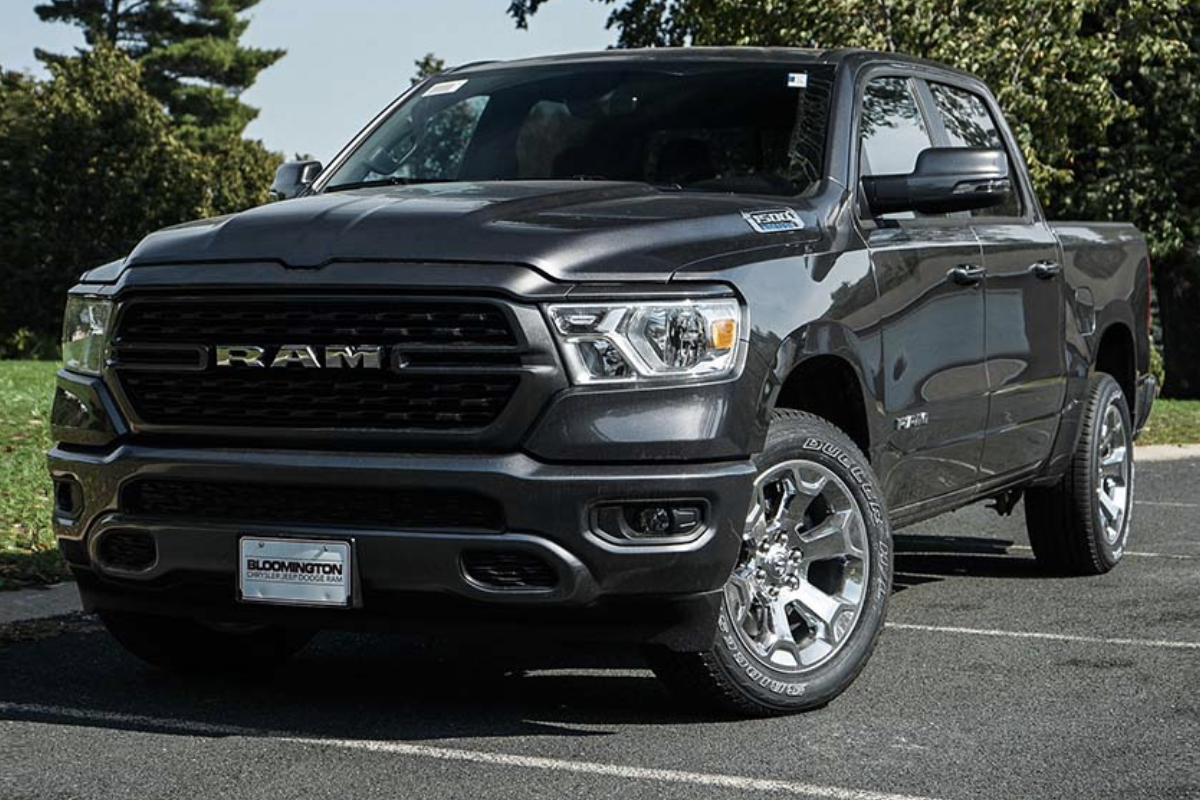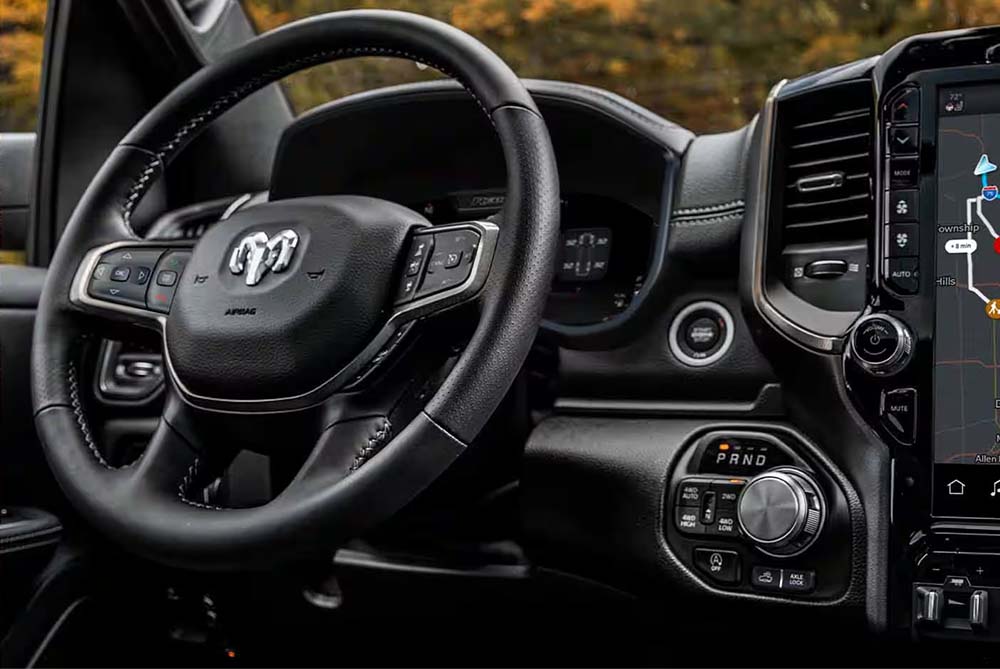George Boulton
August 15, 2024

George Boulton
August 15, 2024

Truck design can help you save money on insurance
Design trends and market perceptions also play a role in insurance costs.
Understanding how these factors affect insurance premiums can help you make informed decisions and manage overall upcoming vehicle expenses.
One of the most influential design aspects impacting insurance costs is the incorporation of safety features.
Trucks like the Ford F-150 and the Ram 1500 often come equipped with advanced safety technologies such as automatic emergency braking, blind-spot monitoring and lane-keeping assist.

These features can lead to lower insurance premiums because they reduce the likelihood of accidents and the severity of injuries, making these vehicles safer and less risky to insure.
The structural design of a pickup truck also affects insurance costs.
Vehicles with high safety ratings tend to have lower premiums. This is because well-designed crumple zones, reinforced frames and robust passenger cabins enhance occupant protection in the event of a collision.
The Toyota Tundra benefits from a solid structural design that often translates into favorable insurance rates due to the brand’s proven safety record.

The materials and complexity of a truck’s design can influence repair and replacement costs, impacting insurance premiums.
Trucks with easily replaceable parts and lower repair costs typically enjoy lower insurance rates.
Models that use advanced materials or have intricate bodywork, like aluminum-bodied trucks, may face higher premiums due to the increased expense associated with repairs.
Design trends and market perceptions also play a role in insurance costs.
Pickup trucks that are in high demand and perceived as more desirable might face higher theft risks, affecting premiums.

But remember newer electric trucks like the Tesla Cybertruck and Rivian R1T are less susceptible to being stolen, thanks to the added safety features such as Tesla’s Sentury Mode with 360-degree cameras around the vehicle.
Conversely, trucks that align with market trends and demonstrate lower theft rates can benefit from more favorable insurance costs.